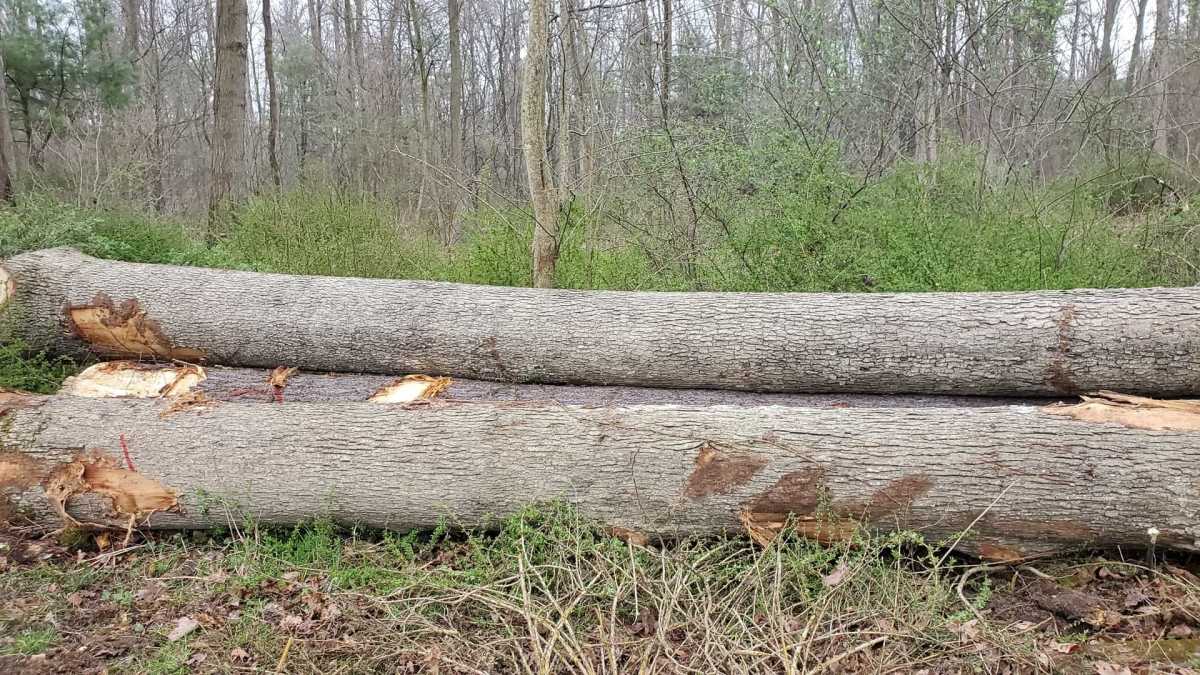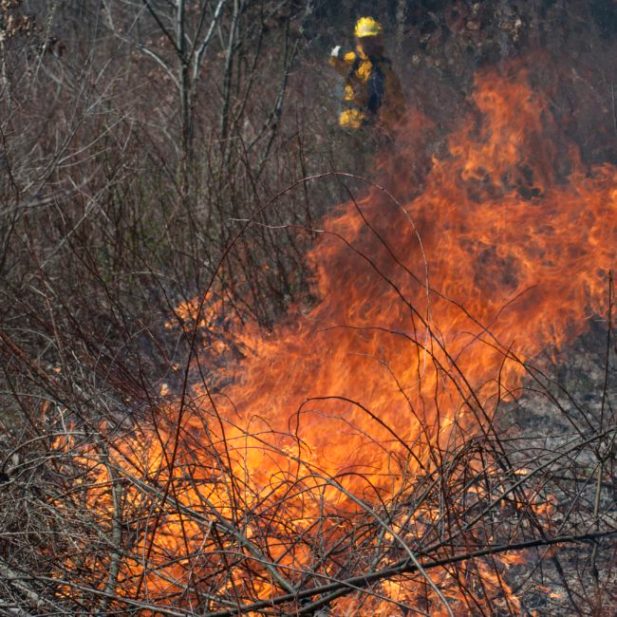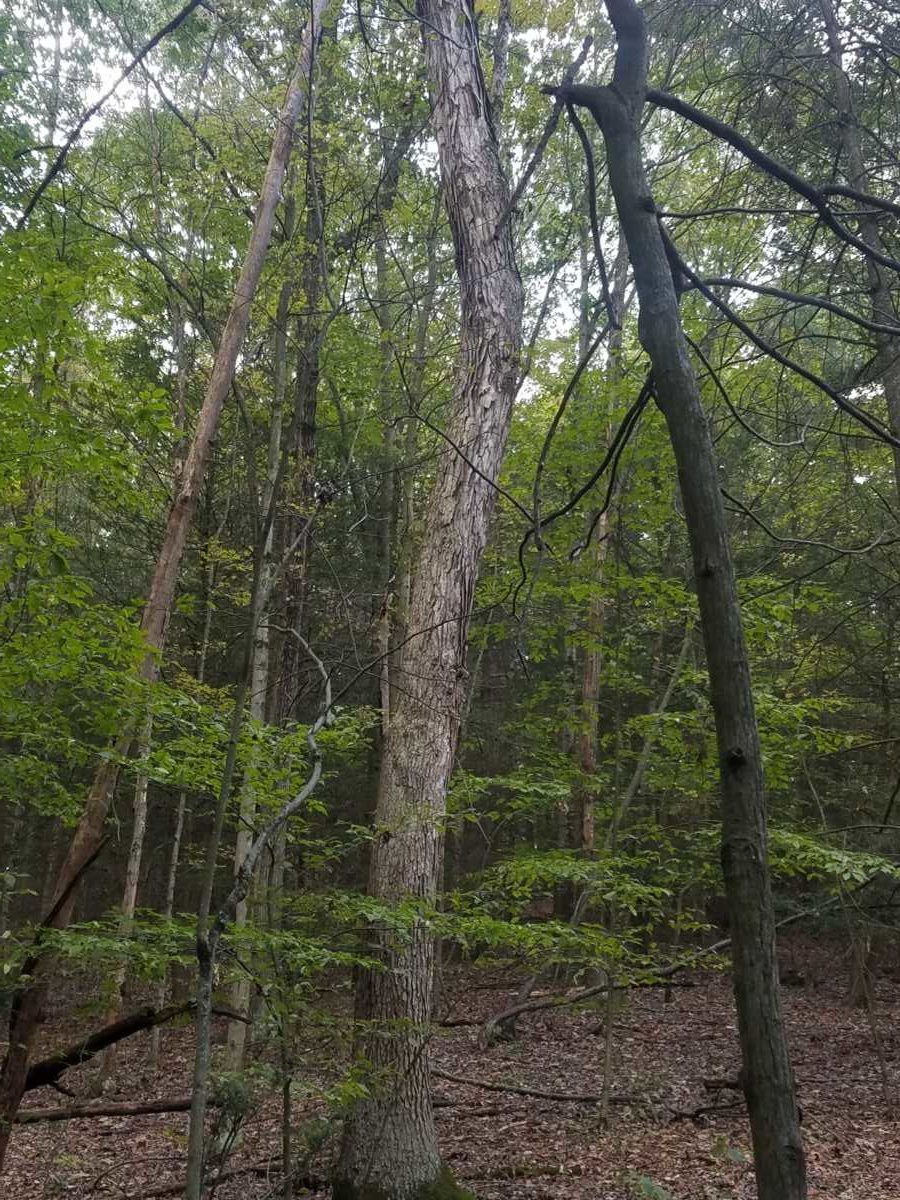White Oak Regeneration and Management
There are a Few Things an Oak Forest Needs
- Lots of sunlight
- Little competition
- Good Soil and Site Conditions
- Fire
The Oak Genus, Fagacae, which includes the oaks, (of which there are 80 species), beech and chestnuts. This genus is one of the most important mast producing group of plants in the forest. We can only imagine what it must have been like 200 years ago when the forest was full of giant trees producing mast in abundance. Unfortunately, American Chestnut and American Beech have been devastated by blights brought over from Europe. That disaster left room for the White Oak, Chestnut Oak, Black and Red Oaks to take a dominant position in the forests of the Appalachian Region.
Today, the White Oak is one of the most common trees found in the region. It is important for the wood products industry as it is used in flooring, cabinets, barrel staves and furniture. White oak had fallen out of favor but has experienced an increase in value due to the popularity of bourbon and wine making world-wide. The white oak is used in aging barrels to provide flavor and color to liquor. The acorns, when abundant, can produce important calories for wildlife getting fattened up for winter.

How do we Manage for White and Other Oaks
Oaks Need Lots of Sunlight to Grow
Often, when a forest is harvested, it gets high-graded. Loggers will take the best trees and leave poorly formed, suppressed trees and unwanted species. Often, there is not enough light reaching any seedlings that might be present so oak doesnt continue to grow. You may notice that at the edges of openings and roadways after a harvest, there are nice oak saplings present due to the additional light present.
Oaks Cannot Compete with Fast -Growing Species
Oaks are a slow growing tree because it puts down a big taproot before it starts to grow upward, where other plants such as maple, yellow poplar, birch tend to easily out pace oaks to capture all the available sunlight. Also, oak buds are a great source of nutrition for deer and, since they tend to stay within reach of deer for a long time, they get destroyed by winter browsing pressure. Full sunlight can help the oaks compete.
To get oaks back into a newly regenerated forest we need to eliminate competition and open up the canopy. Heavy regeneration harvests with herbicide applications, eliminating deer, crop tree release cutting and fire all help regenerate oaks.
This is intensive forest management so it must be done in quality growing sites to make it worth the investment.
Prescribed Fire to Regenerate Oaks
Oaks are a fire-adapted species. Thats why they put a big root down so fire will not damage it. They also have leaves that curl and have complex edges that catch fire more easily than other species. They can and will resprout vigorously from the root collar after fire kills the top of the seedling.

Oak Silviculture
The current oak forest is a result of several factors besides the killing of the American Chestnut. One is massive clearcuts. Two is low deer numbers. Three is frequent fires.
The best way to manage oak is to harvest not the best trees but the worst trees. Take the low quality trees and only enough quality stems as needed to make a timber sale feasible. Cut most of the competing species. Eliminate ferns, birch and beech from the understory.
During a good seed producing year, perform a shelterwood harvest, letting enough light in and scarifying the soil enough to get seed to soil contact.

When the new oak forest has become established, take another cutting of the overstory to release the new oaks. If thin barked species like beech, birch and striped maple are out-competing them, burn the stand to reduce these species and favor the oaks.
Continuously do crop tree release and Timber Stand Improvement cutting to favor the best oaks.
On good soil and site conditions, you can grow an oak stand in 80 years to maturity with proper management.
Practice Good Oak Silviculture on Your Land
In my three decades of working for private forest landowners as a consultant, I have never had one landowner ask me to manage their timber for the long term. Many landowners erroneously think that they can sell timber every ten years or so continuously. Well, it just doesn’t work that way.
The scientific literature states that one can harvest oak timber every 30 years as long as there is some TSI, regeneration work and harvest of low quality stems and species in the stand. Also, diameters must be over 16″ dbh. I like to keep my diameter average up around 18-20 dbh.
The best timber management is to grow the stand by nurturing the best trees and letting them grow to large sawtimber size. The really valuable trees are over 20″ dbh with clear wood and 2 or 2.5 16 foot logs per tree. I see so many timber stands getting cut down to 14″ dbh, high-grading the stand and it makes me sad to see. The Landowner gets ripped off (a 14 inch tree is just beginning to make money) and the sawmills and loggers are cutting themselves out of a job. There are fewer and fewer properties with any quality oak timber on them today compared to 30 years ago.
I am still waiting for that landowner who calls me and says “I want to leave a beautiful and valuable forest for my kids and grandchildren” and mean it. Will you be the first?
For a site visit or to talk about your forest and improving your land for the future, call me at 814-360-4510

dKSUzoDxJftjhcV
BPIfsOMeZQdmk
exRCQEzZdYt
bYqJUVTWuMAQ
RGyFDjPnOQioESx